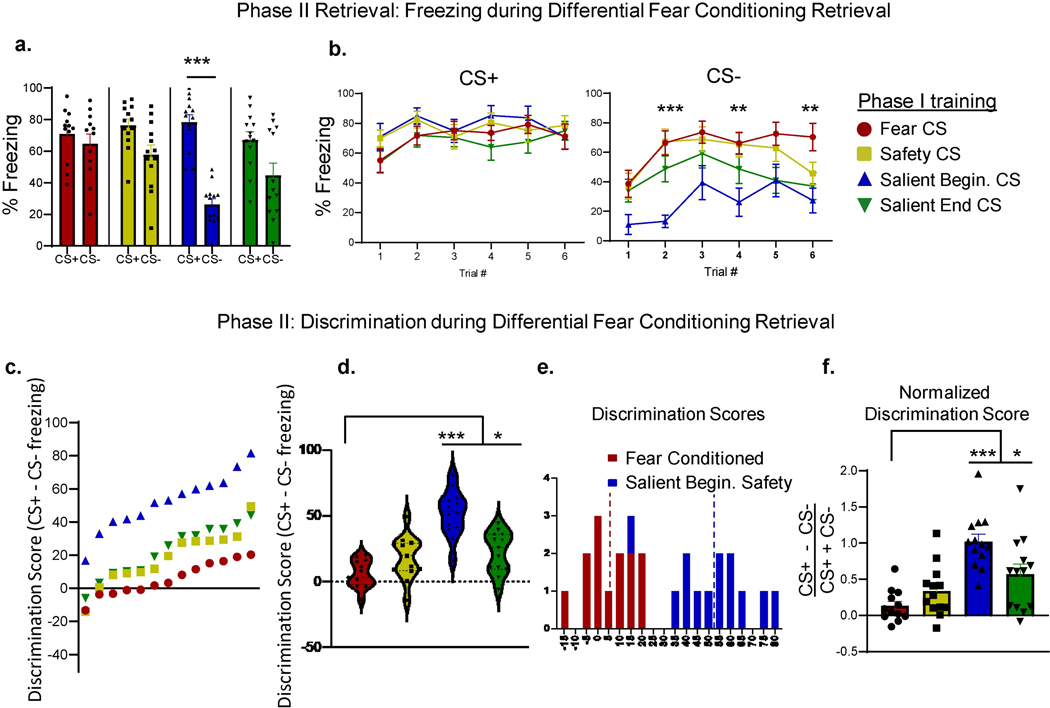Figure 3: Salient Beginning Safety conditioned mice discriminate well during novel differential fear retrieval.
(a) Percent CS+ (Left panel) and CS− (Right panel) freezing on each trial of a fear discrimination retrieval task for animals that in Phase I were either Fear conditioned (red) or Safety Conditioned in one of three groups (Safety– yellow, Salient Beginning safety– blue, Salient End safety– green). (b) Left, average CS+ trial freezing during differential fear conditioning retrieval in all groups. Right, average CS− trial freezing during differential fear conditioning in all groups. (c) Discrimination scores, quantified as percent freezing to the CS− subtracted from percent freezing to the CS+, shown for all subjects (each marker shows individual discrimination score for each animal, color coded by Phase I training). (d) Violin plot showing discrimination score distributions across all four groups of animals. The median, 25th and 75th quartile, and the minimum and maximum are shown for each group. (e) Histogram showing the distribution of Phase II discrimination scores in animals that were either Fear Conditioned (red) or Salient Beginning Safety Conditioned (blue) in Phase I. The average discrimination score in the fear conditioned group is significantly lower (5.62±2.85%, red stippled line) than in the Salient Beginning safety conditioned group (52.10 ±4.79%, blue stippled line, p<0.0001). (f) Discrimination scores normalized for total freezing in all groups. The Salient Beginning Safety and Salient End Safety conditioned groups show significantly higher normalized discrimination than the fear conditioned group (mean ± SEM). The Salient Beginning Safety conditioned groups shows the highest discrimination.

